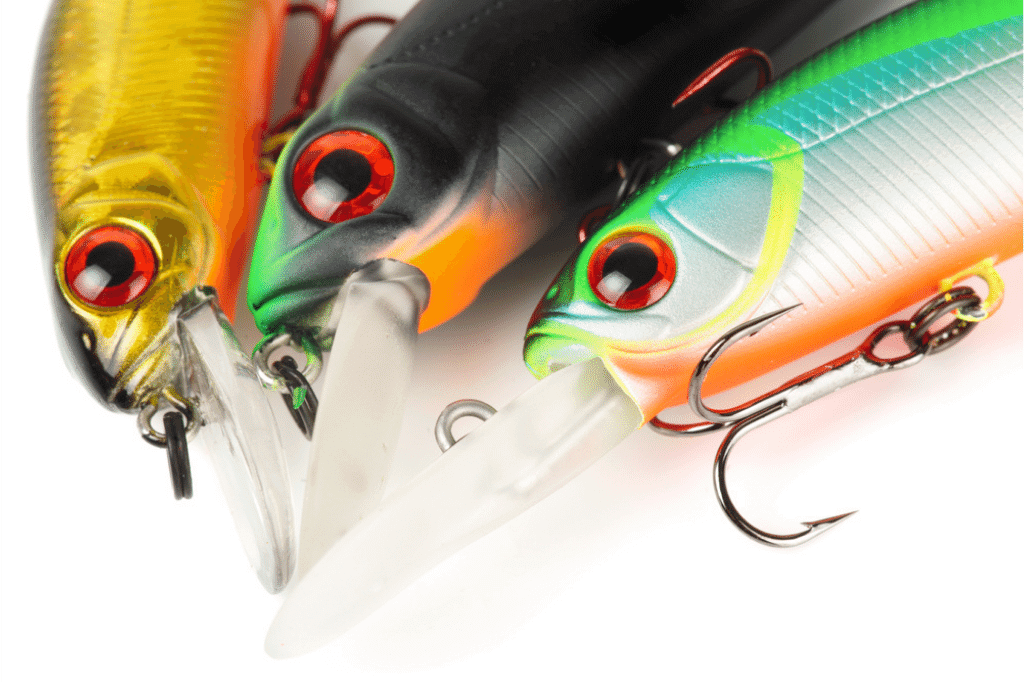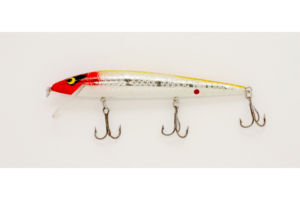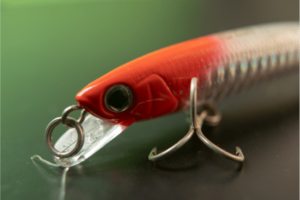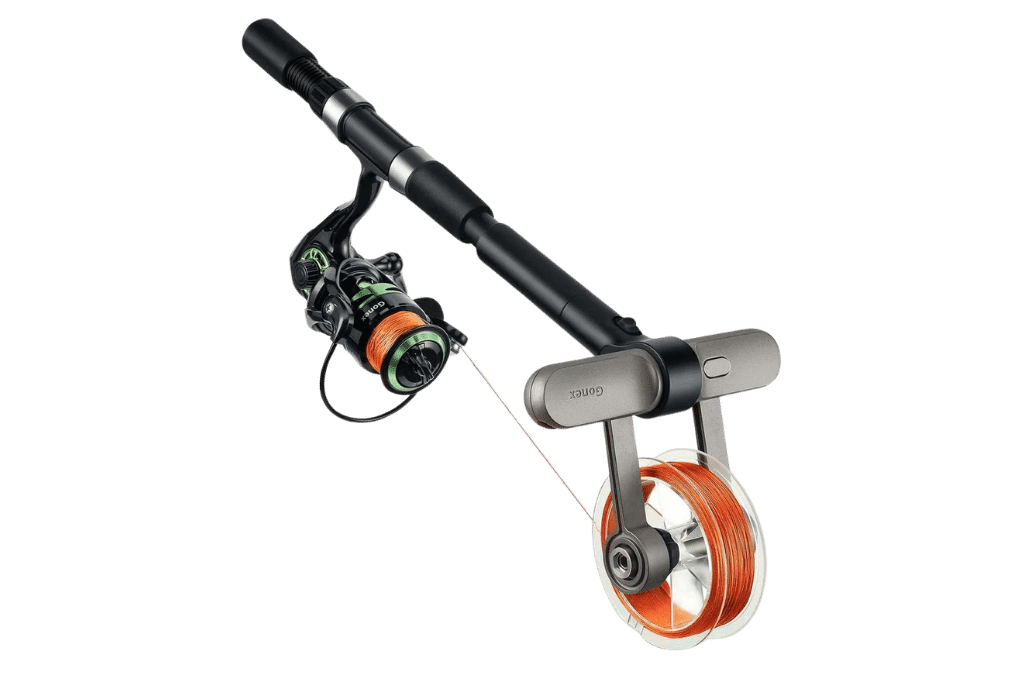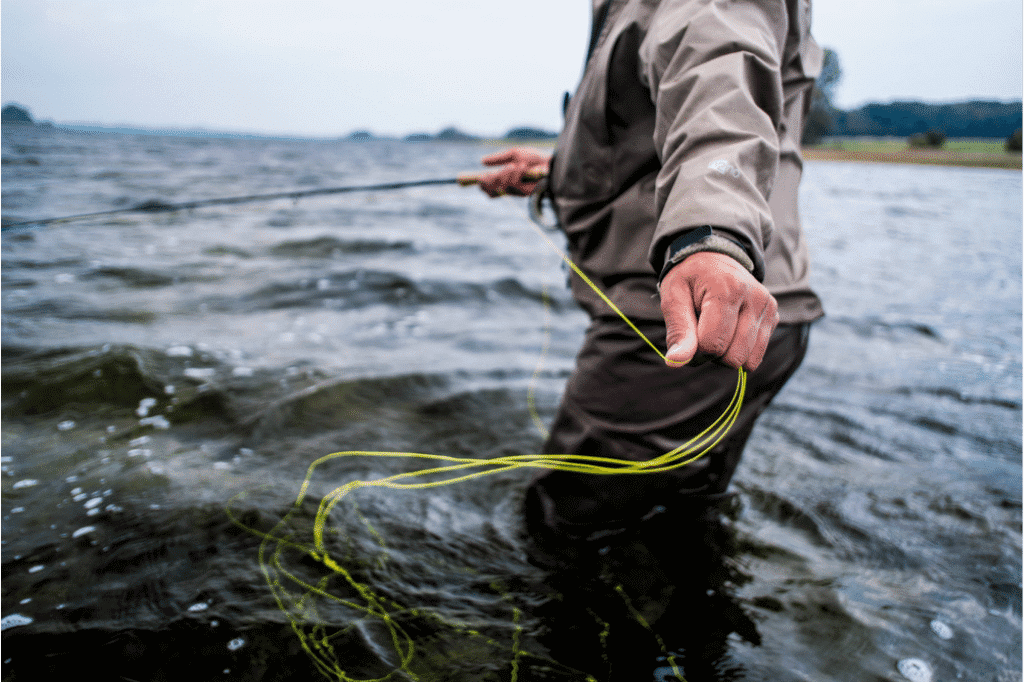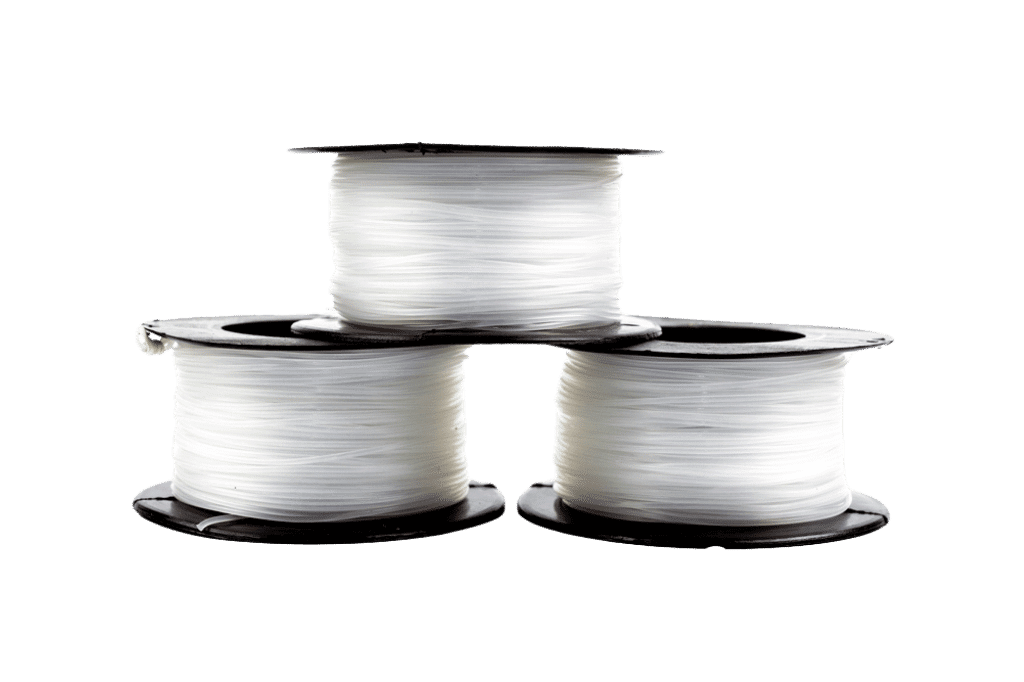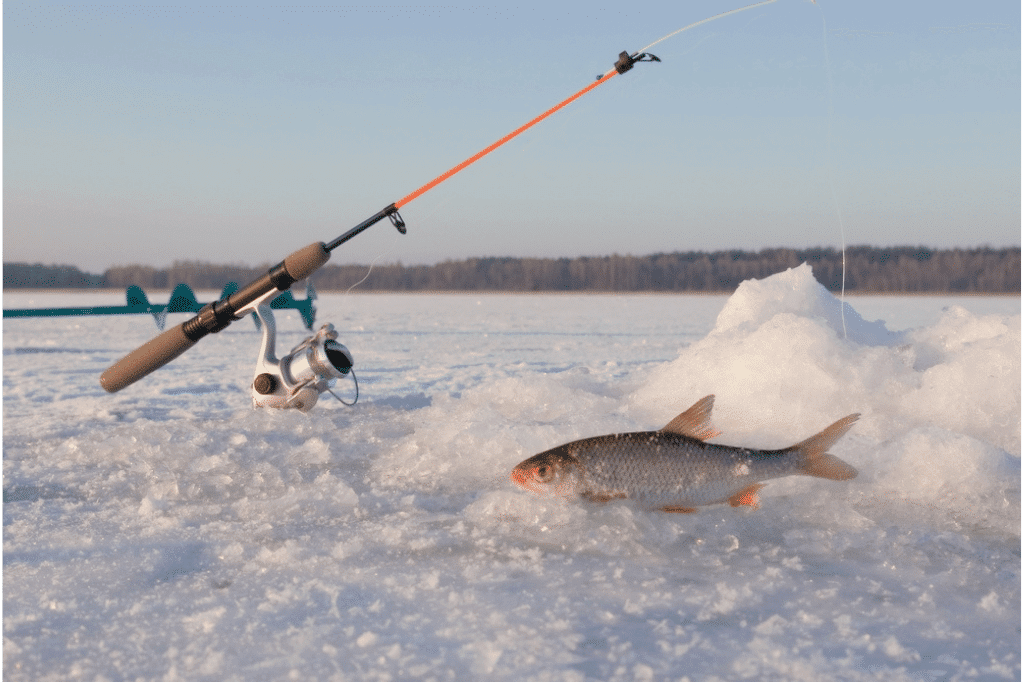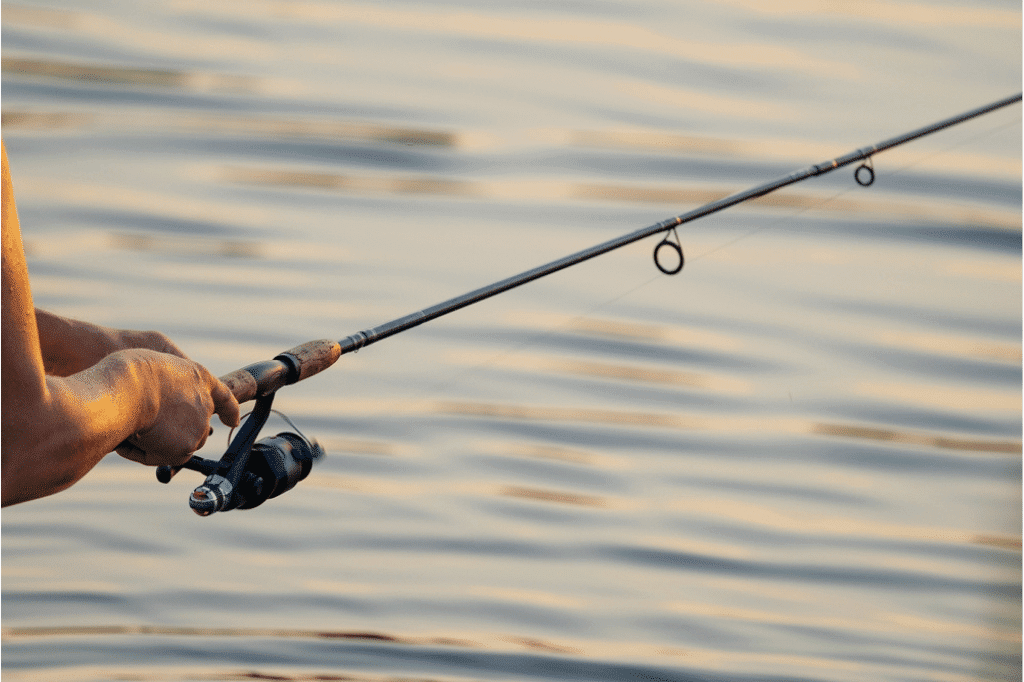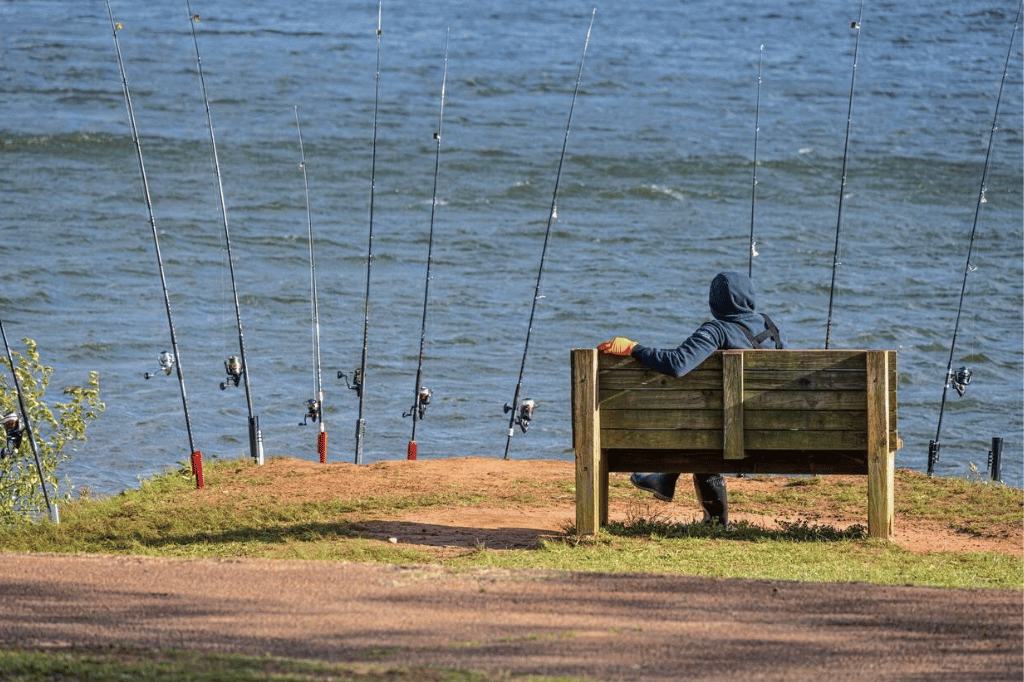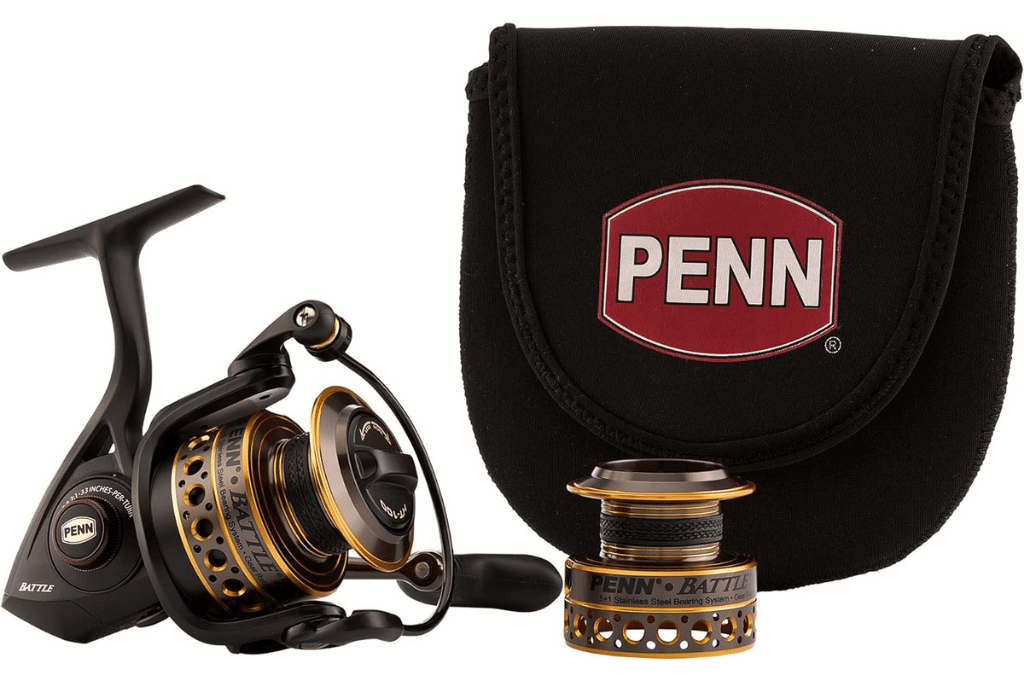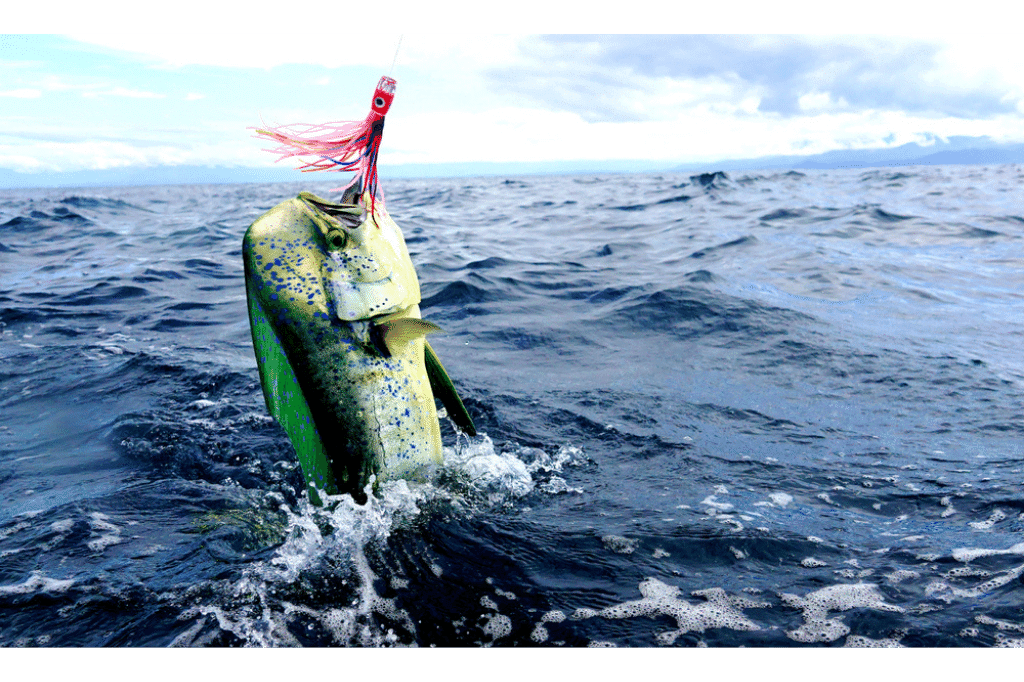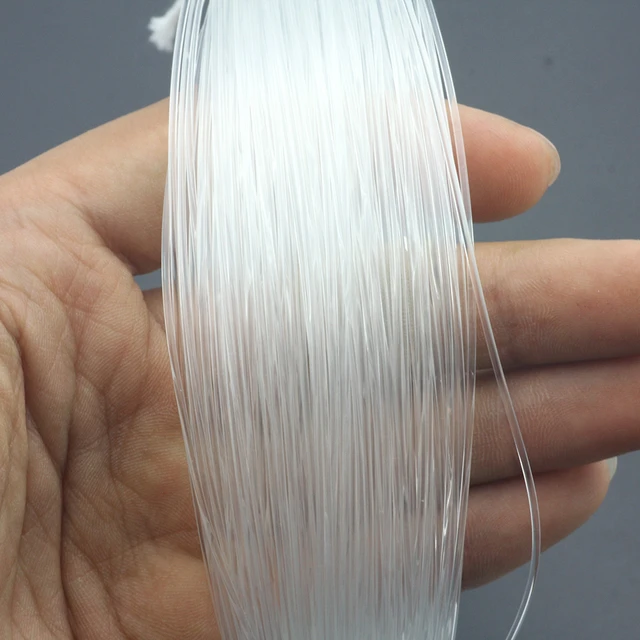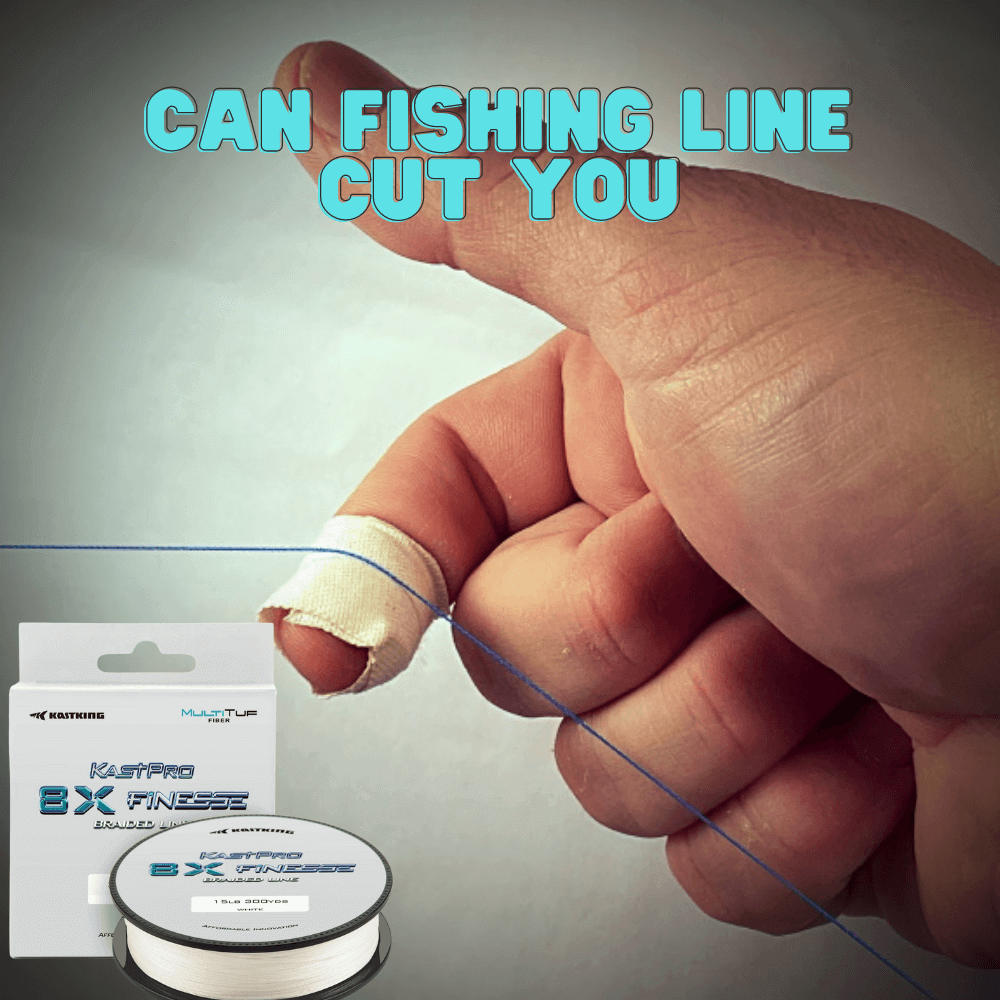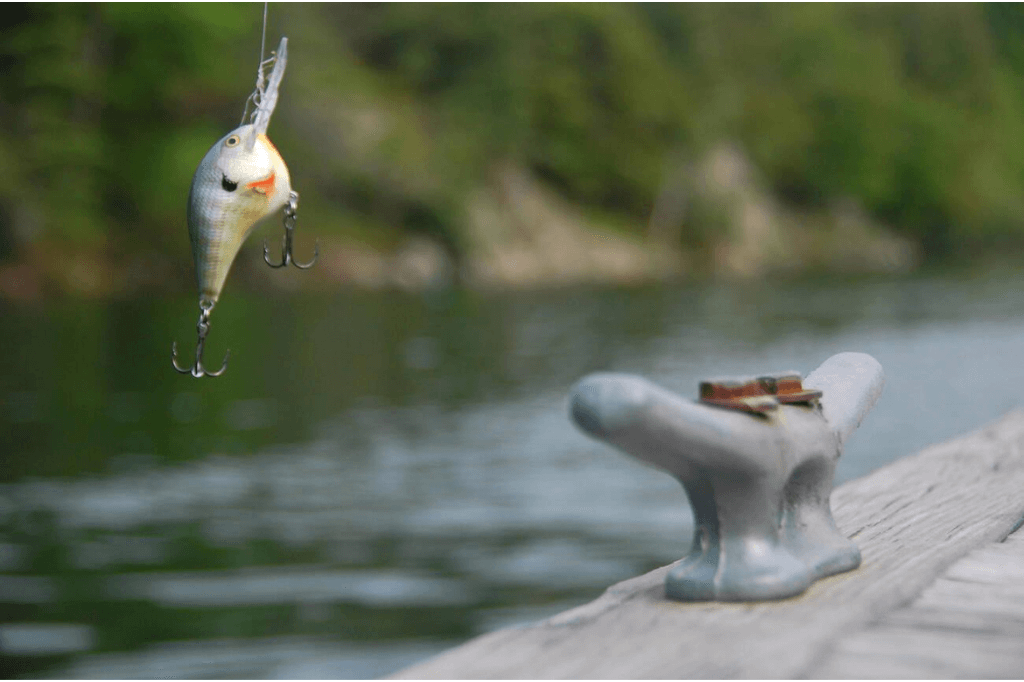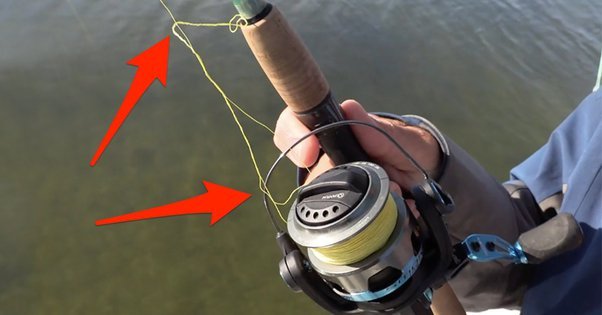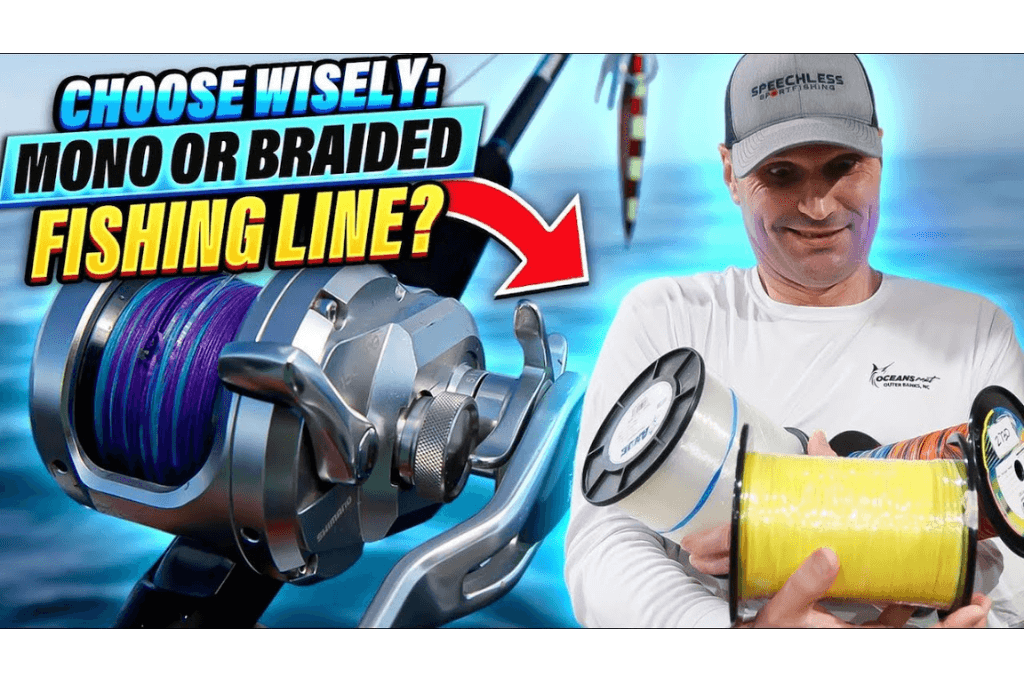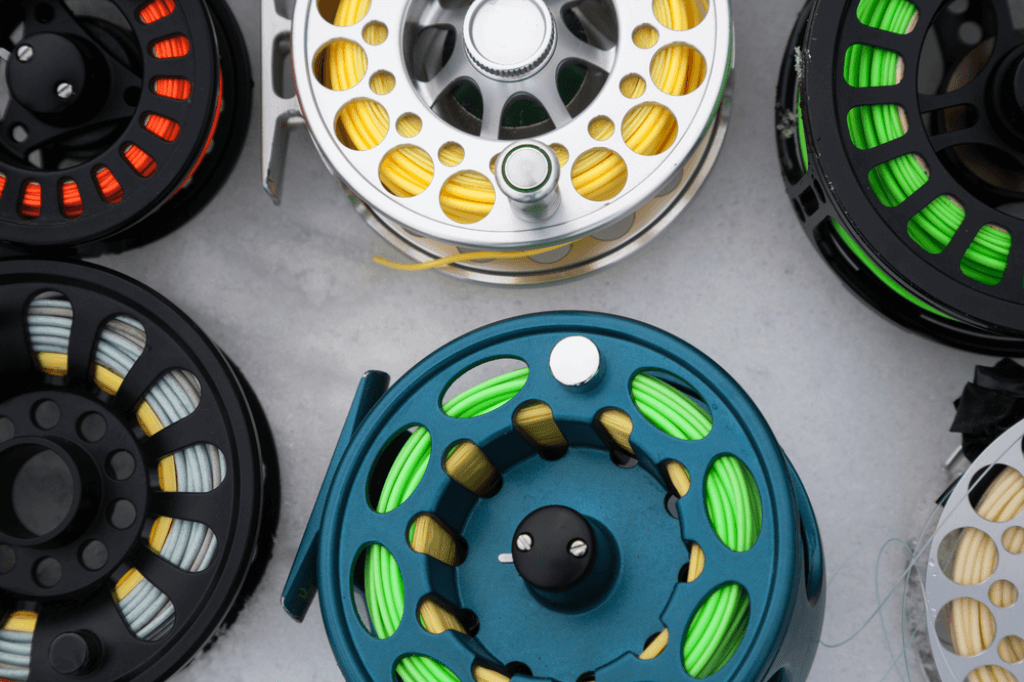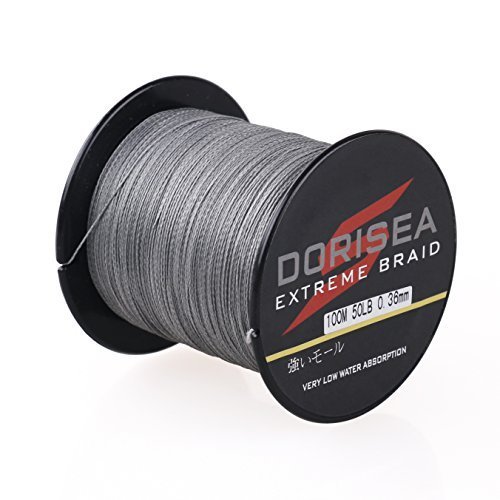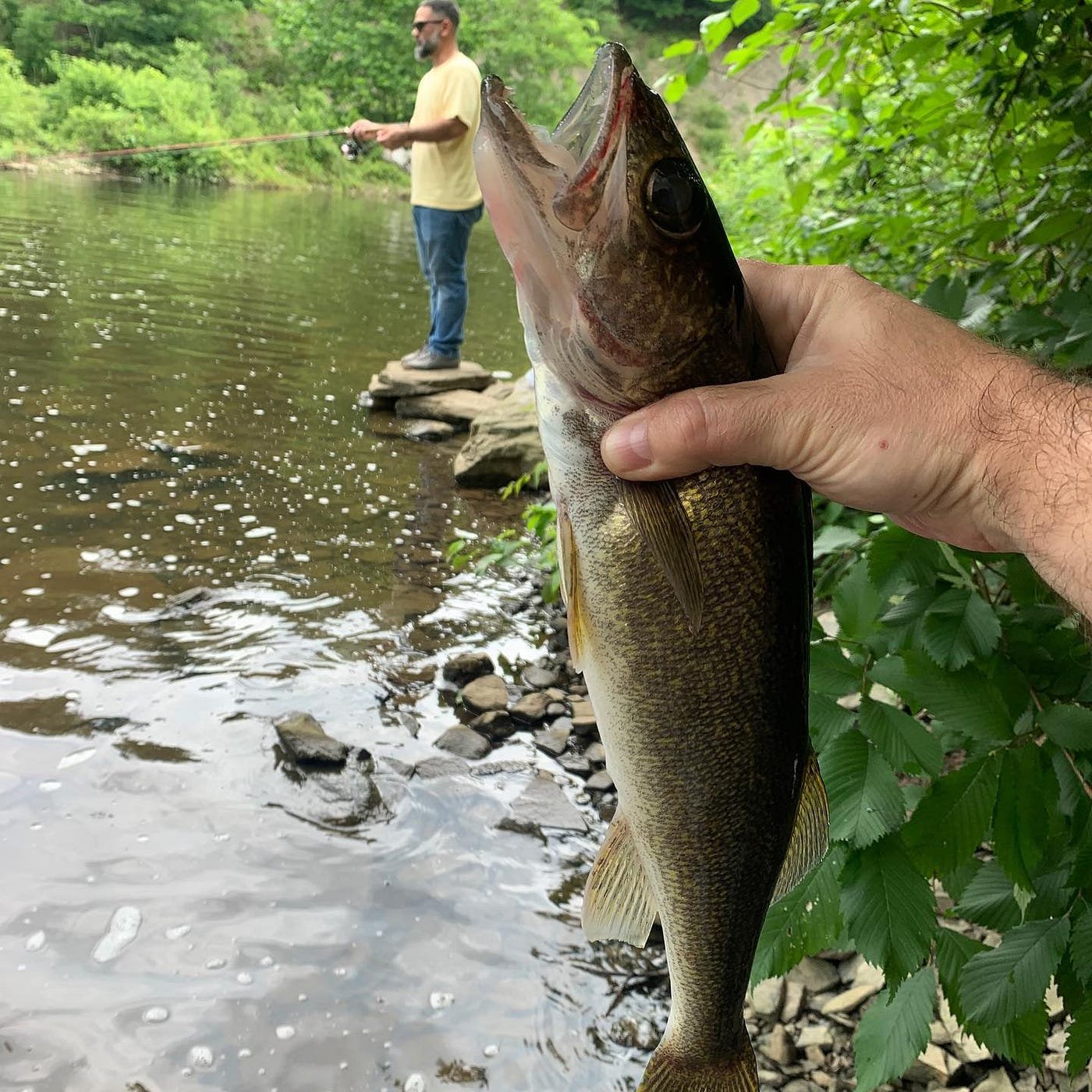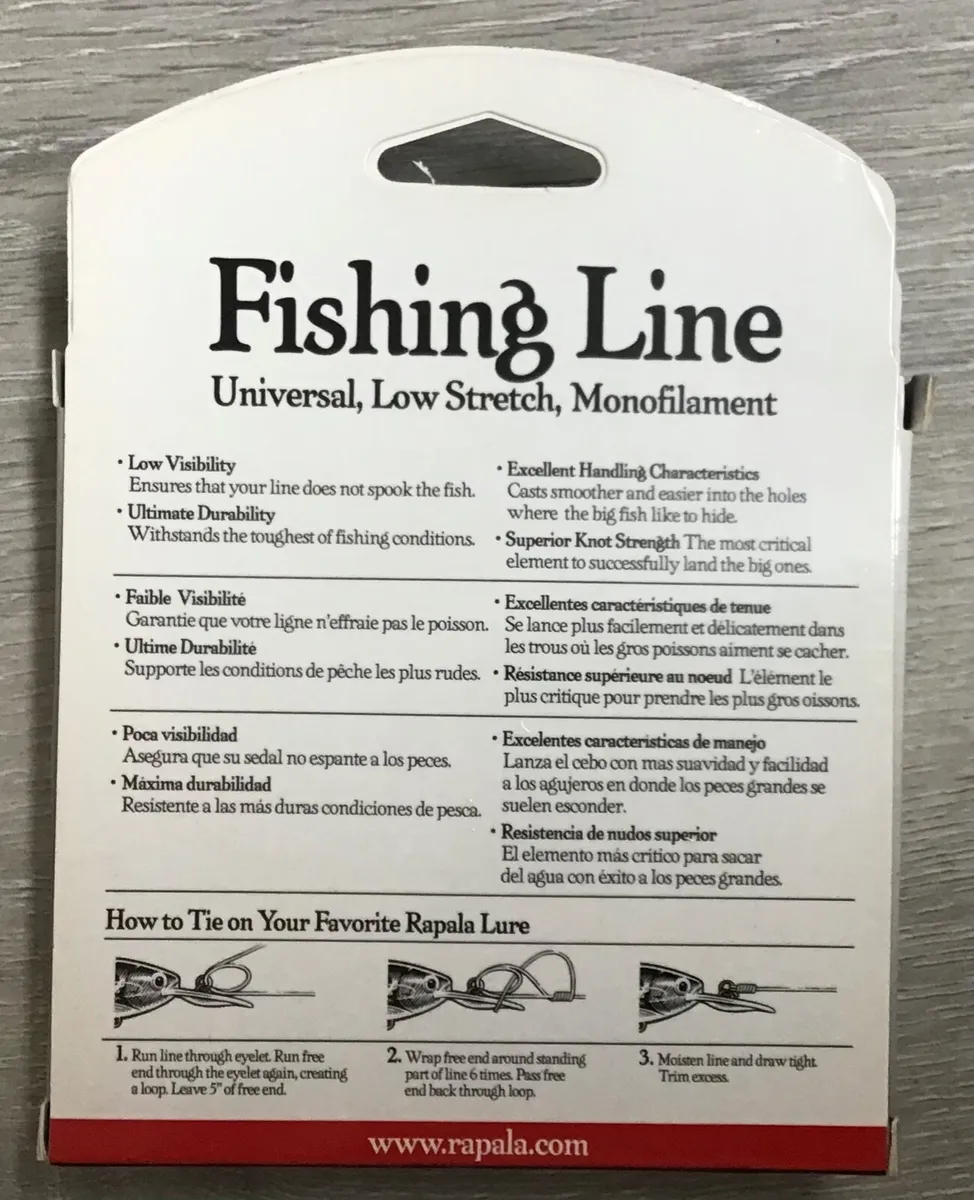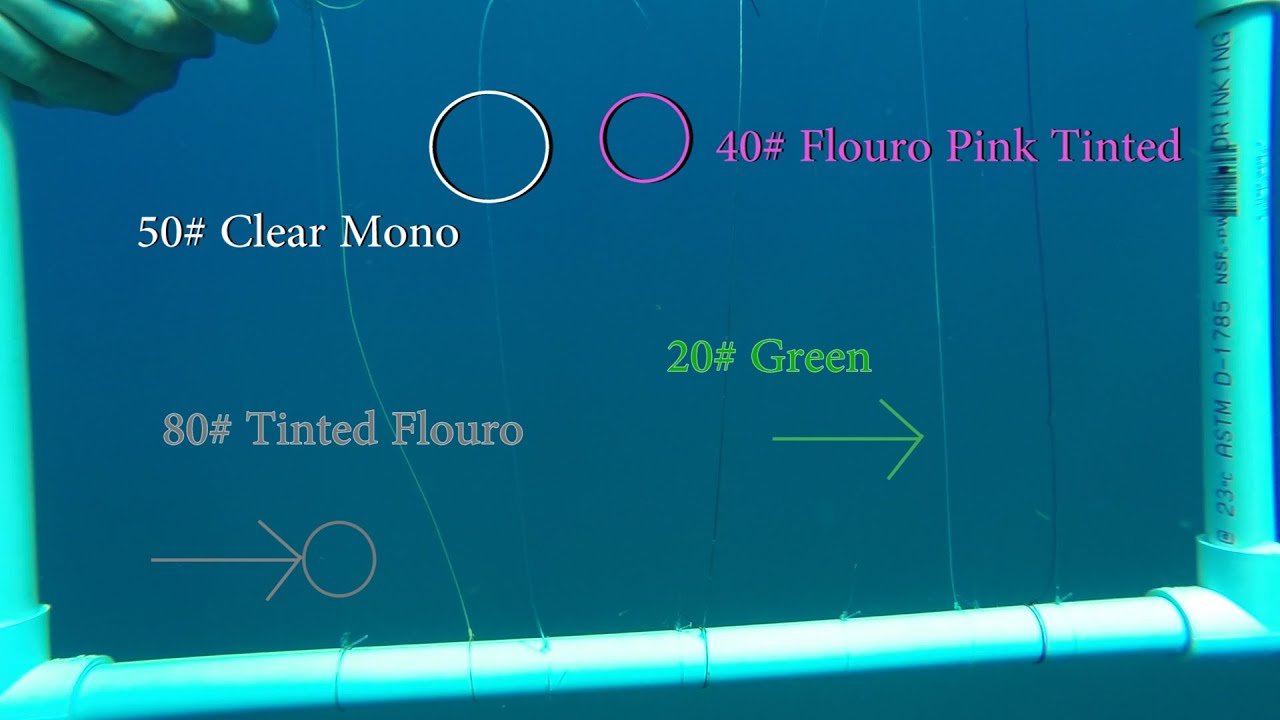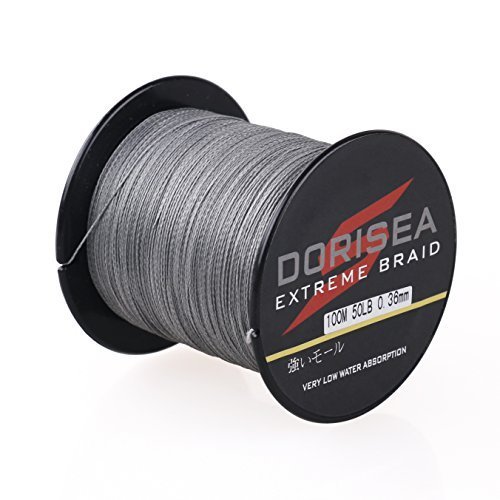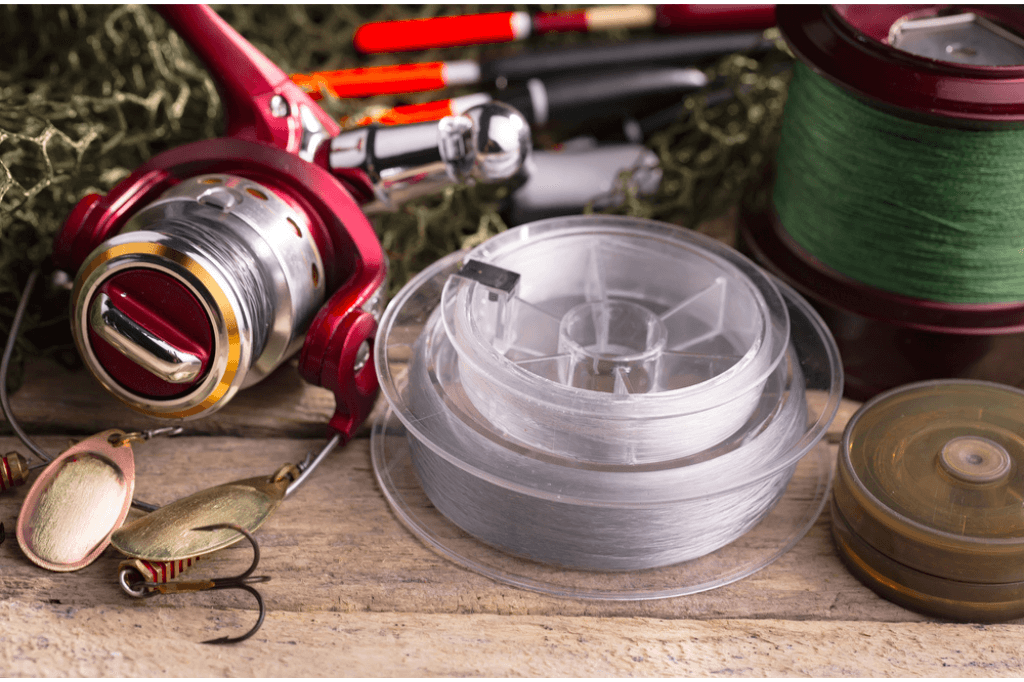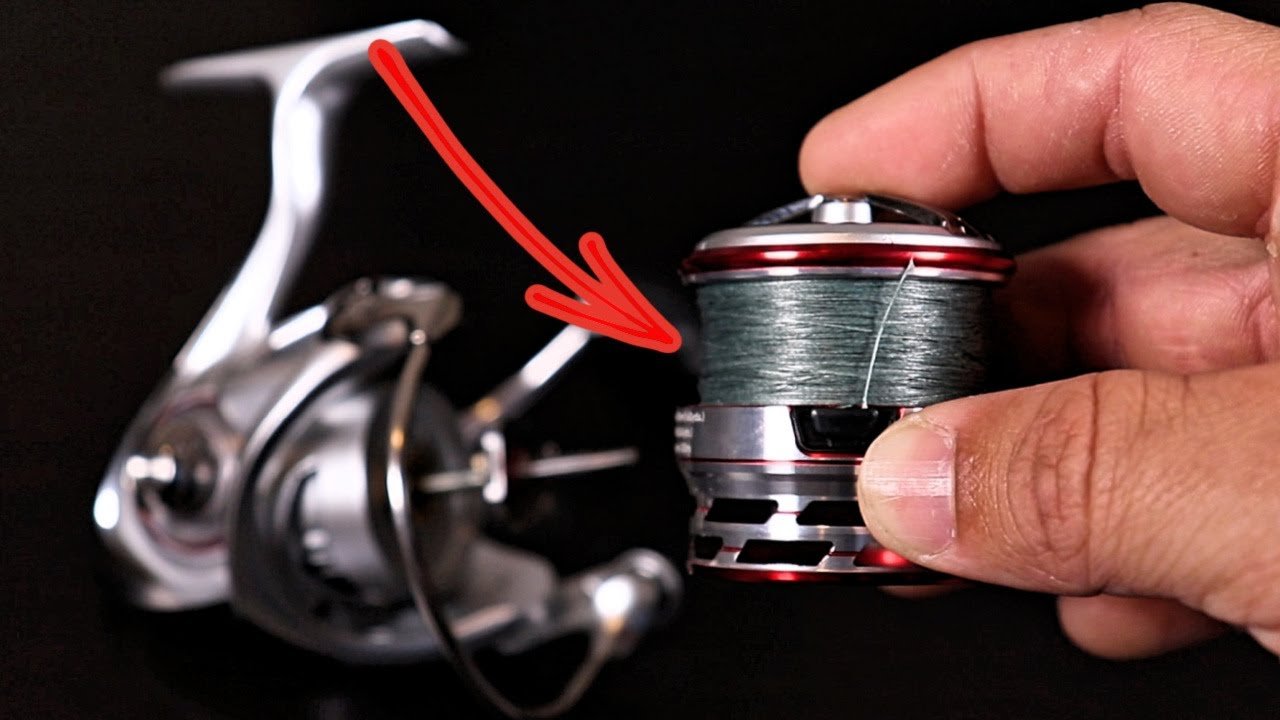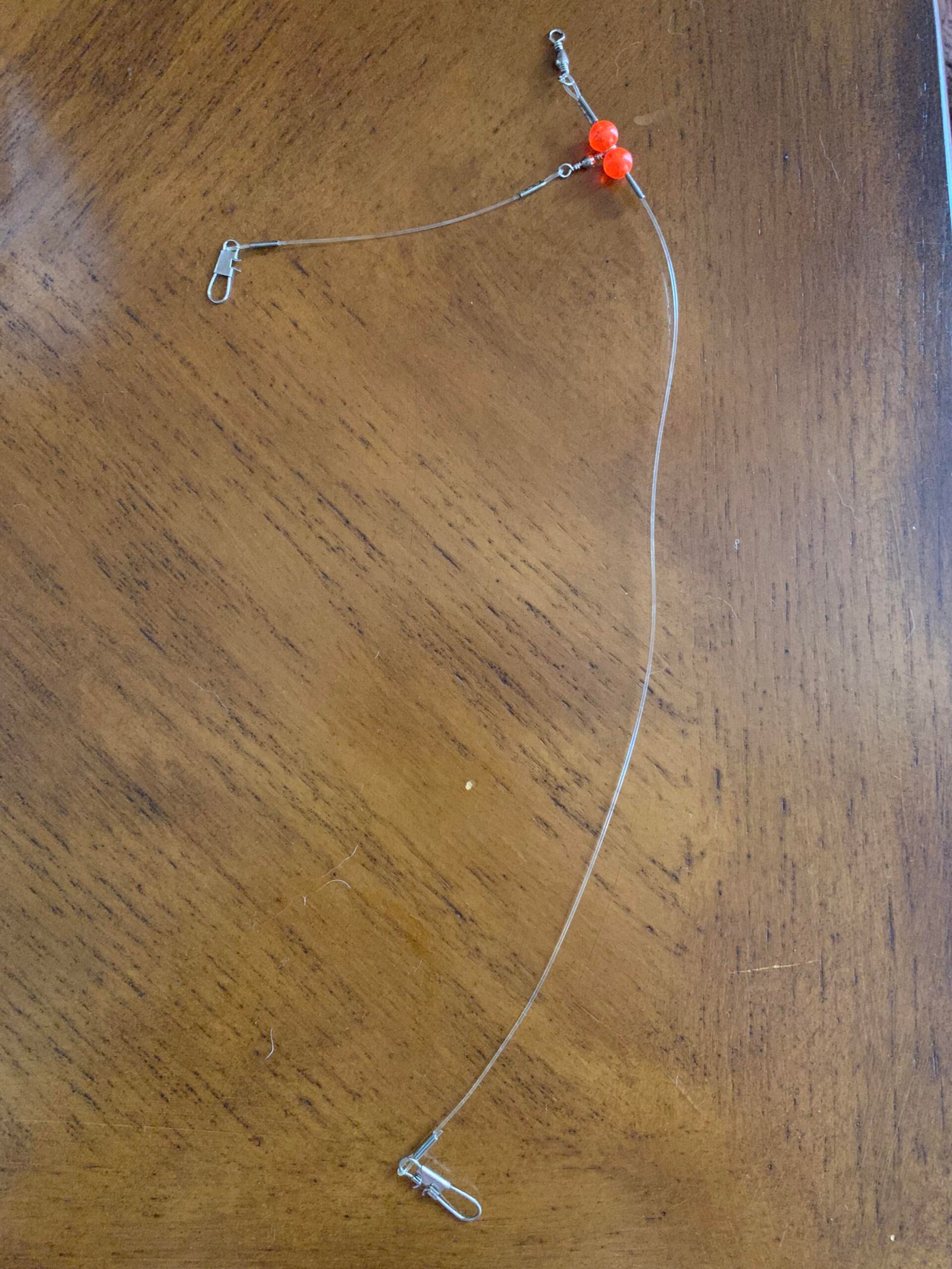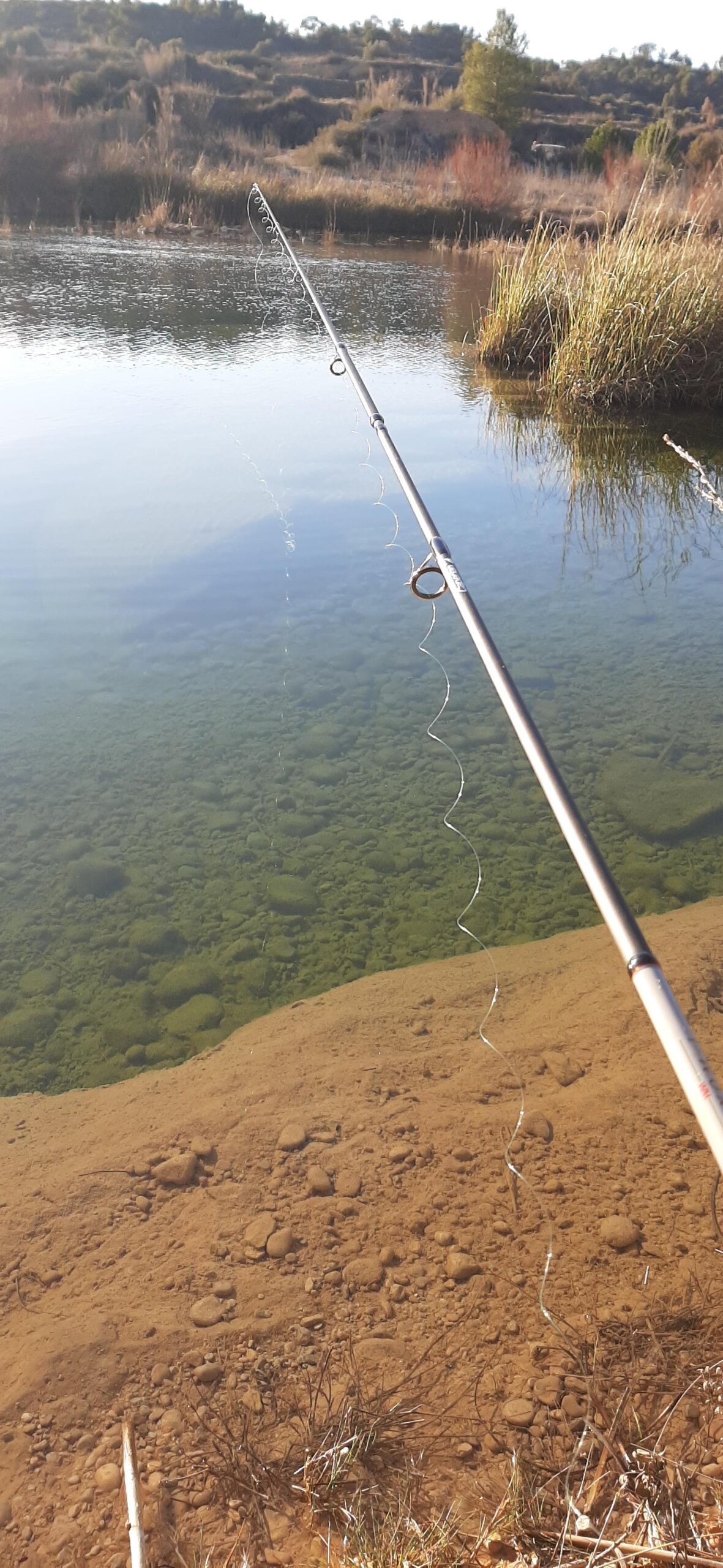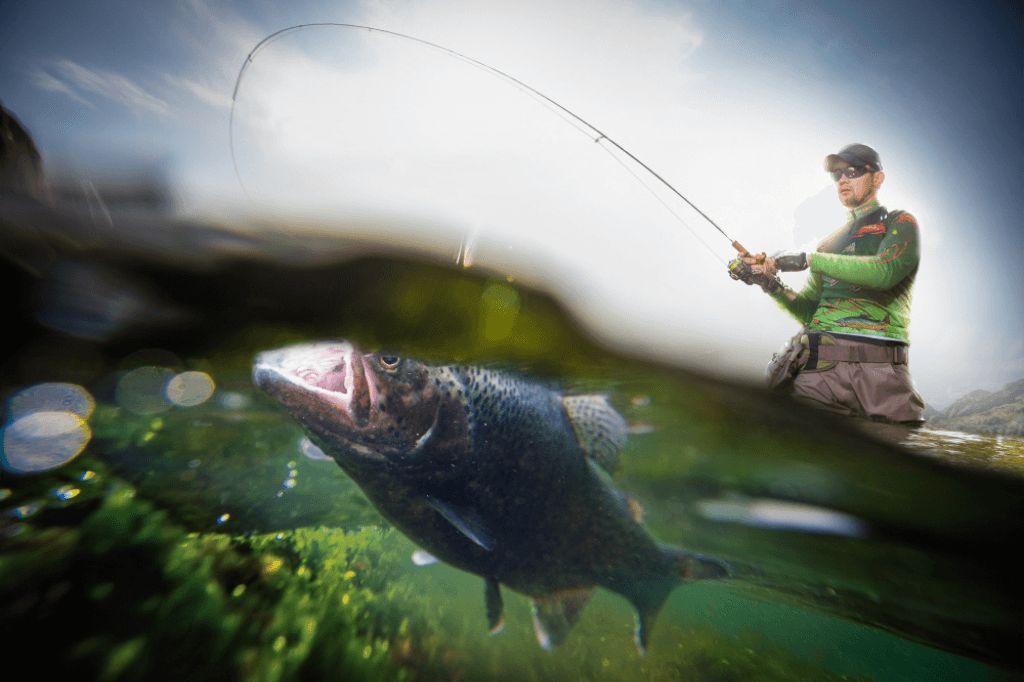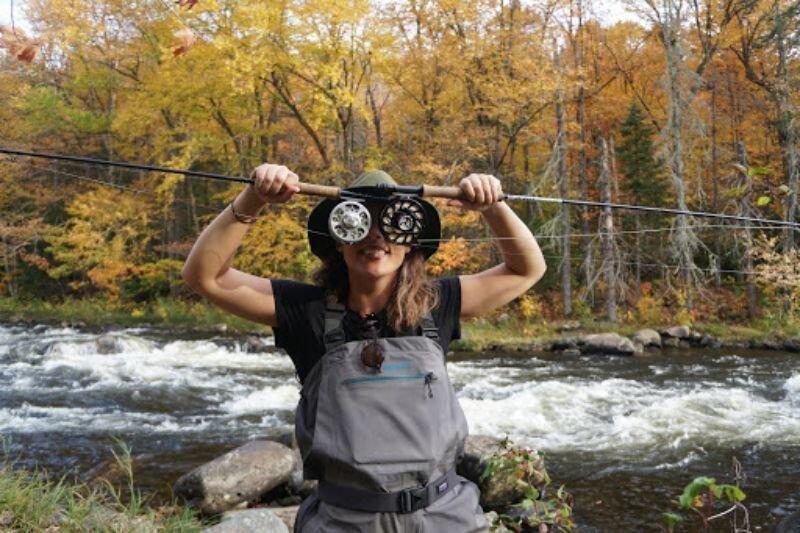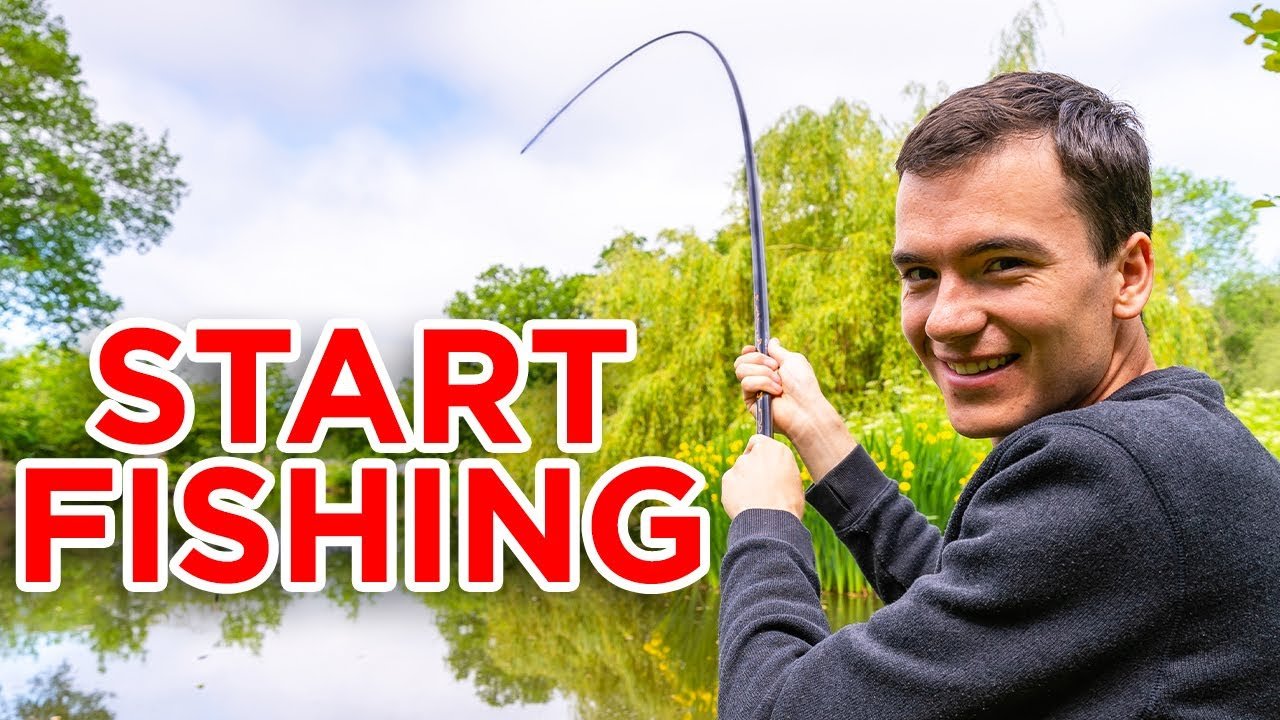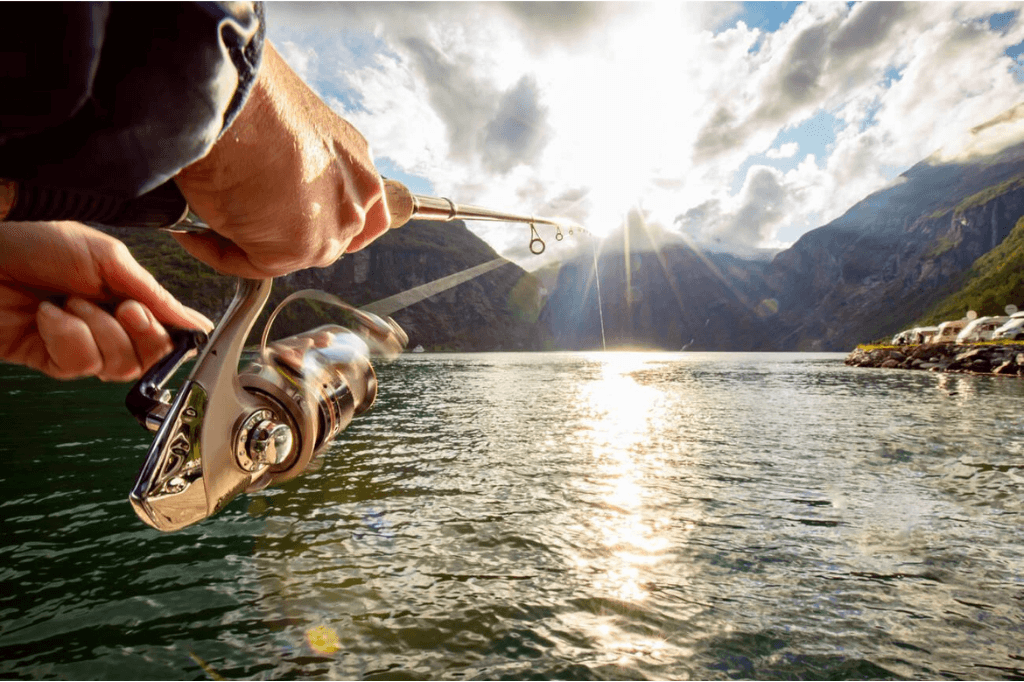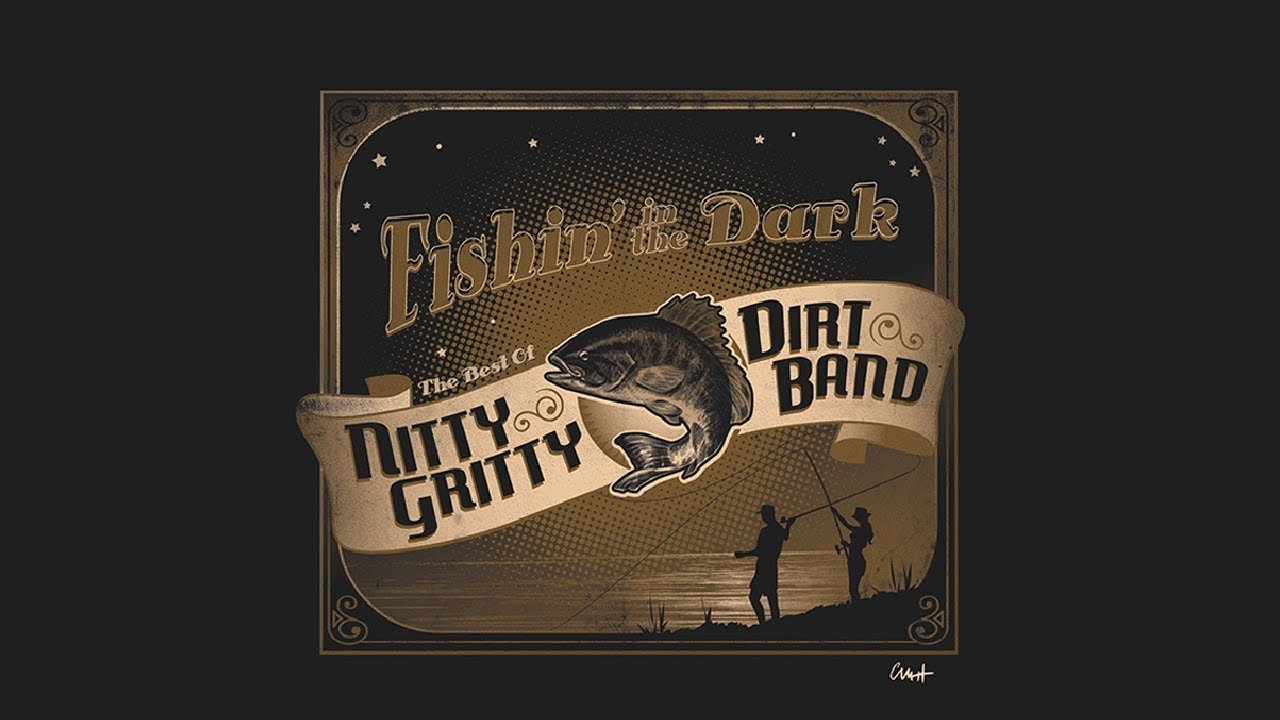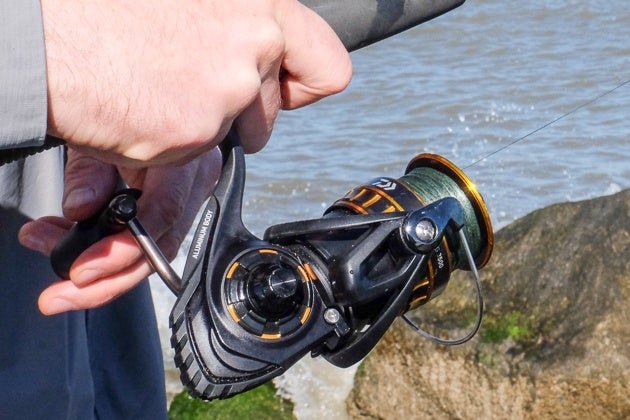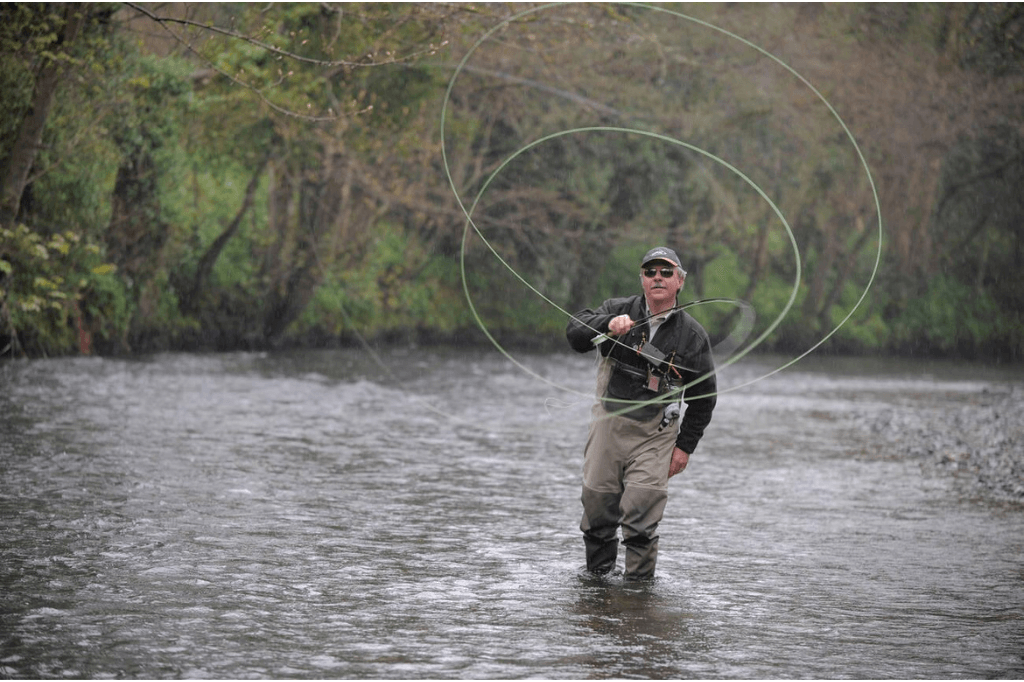Jerkbaits stand out as an essential tool in any bass angler’s arsenal, offering a blend of versatility and effectiveness that is hard to match with other lures. Their design allows for a dynamic presentation that can trigger strikes from even the most lethargic bass.
Ideal for targeting both shallow and deep waters, jerkbaits work through a stop-and-go retrieve that mimics a wounded baitfish. This technique is particularly potent during the pre-spawn period when bass are actively feeding. With a variety of sizes, colors, and diving depths available, jerkbaits can be tailored to fit any fishing condition, making them a top choice for anglers looking to hook that trophy bass.
Introduction To Jerkbaits For Bass
Introduction to Jerkbaits For Bass: A thrilling experience awaits every angler with the twitch of a rod and the dance of a jerkbait through the water. These lures are engineered for success, drawing in bass with their erratic movements and lifelike appearance.
The Lure Of Jerkbaits For Bass
Jerkbaits stand out with their slender bodies and neutral buoyancy. They mimic wounded baitfish perfectly. Anglers control the action, creating an irresistible display. The design allows for versatility in depth and speed, making them ideal for various conditions.
Why Bass Can’t Resist Jerkbaits
Bass are natural predators. The erratic action of jerkbaits triggers their instinct to chase and strike. These lures often feature bright colors and reflective surfaces. They catch light and attention in the water. The sudden stops and starts of a jerkbait mimic a dying fish, a bass’s favorite meal.
- Erratic Motion: Simulates vulnerable prey
- Visual Appeal: Bright colors and flash to attract
- Versatility: Effective in many water conditions
Essential Jerkbait Selection
Mastering the use of jerkbaits can turn a slow fishing day into a memorable one. Picking the right jerkbait is crucial for reeling in those elusive bass. Let’s dive into the essential selection process for these effective lures.
Types Of Jerkbaits For Bass
Jerkbaits come in various shapes and actions. Each type serves a unique purpose. Understand the differences to choose wisely.
- Suspending Jerkbaits: Stay in place when paused. Perfect for teasing bass.
- Floating Jerkbaits: Rise to the surface when not in motion. Ideal for shallow waters.
- Sinking Jerkbaits: Descend during pauses. Suited for deep water bass.
Choosing The Right Color And Size
Color and size matter when targeting bass with jerkbaits. Match these to the conditions for the best results.
| Water Clarity | Recommended Color | Size (inches) |
|---|---|---|
| Clear | Natural hues | 4-6 |
| Stained | Bright or contrasting | 5-7 |
| Dark | Dark or fluorescent | 6-8 |
Remember, smaller jerkbaits mimic baitfish while larger ones target big bass. Select the right color and size to mimic local prey.
The Science Behind Jerkbait Fishing
Understanding the science behind jerkbait fishing can greatly improve catch rates. It combines knowledge of bass behavior with lure dynamics. Let’s dive into what makes jerkbaits so effective for bass fishing.
Jerkbait Action And Bass Predatory Instincts
Jerkbaits mimic the erratic movements of wounded baitfish. This triggers a bass’s instinct to strike. Jerkbaits for bass come in various sizes and colors. They are designed to dart, pause, and vibrate in the water.
- Bass are visual hunters: They get attracted to the jerkbait’s movement.
- Erratic action: Sudden jerks followed by pauses can provoke bass to attack.
- Vibration and sound: Some jerkbaits have built-in rattles. These create noise that bass can sense.
The right jerkbait action can make the difference. It can turn a slow day into a successful one.
Seasonal Patterns And Jerkbait Success
Bass behavior changes with the seasons. So should your jerkbait strategy.
| Season | Strategy |
|---|---|
| Spring | Use shallow-running jerkbaits. Match them to the spawning baitfish. |
| Summer | Opt for deeper divers. Bass are deeper due to heat. |
| Fall | Go for fast and aggressive retrieves. Bass are feeding heavily. |
| Winter | Slow down. Use suspending jerkbaits in colder water. |
Matching your jerkbait to the seasonal patterns is key. It ensures you’re fishing effectively all year round.
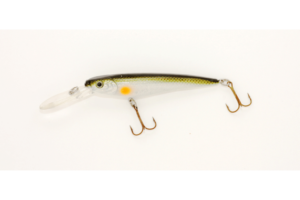
Mastering The Jerkbait Technique
Mastering the Jerkbait Technique is essential for catching bass effectively. This method involves specific skills and gear setups. Let’s dive into the details to enhance your fishing experience.
Rod And Reel Setup
Choosing the right rod and reel is crucial for jerkbait fishing. Here’s what you need:
- Rod: A medium action, 6.5 to 7-foot rod is ideal.
- Reel: A high-quality spinning reel with smooth action works best.
- Line: Use 10 to 12-pound fluorocarbon for its invisibility underwater.
This setup helps in precise casting and effective lure control.
Casting And Retrieval Methods
Proper casting and retrieval can make a big difference:
- Casting: Aim for structure areas where bass hide, like rocks and logs.
- Retrieval: Use a stop-and-go technique to mimic injured fish.
This approach triggers bass to strike more often.
By focusing on these areas, you can master jerkbait fishing and increase your bass catches significantly.
Location And Timing For Jerkbait Fishing
Understanding the Location and Timing for Jerkbait Fishing is crucial for successful bass catches. Jerkbaits, with their erratic action, mimic wounded baitfish. Knowing where and when to use them can yield impressive results. Let’s dive into the details of finding the perfect jerkbait waters and the optimal times to cast these lures.
Identifying Prime Jerkbait Waters
Look for clear water where bass can easily spot jerkbaits. Areas with submerged structures, such as rocks or fallen trees, serve as great ambush points for bass. Sharp drop-offs and weed lines also attract these predators. Aim for places with slight current to give jerkbaits a more natural movement.
- Clear water visibility
- Submerged structures like rocks and timber
- Drop-offs and weed lines
- Current for natural lure action
Best Times To Fish Jerkbaits For Bass
Spring and fall are prime seasons for jerkbait fishing. During these times, water temperatures are ideal for bass to feed actively. Early morning or late afternoon, known as the “golden hours,” provide the best light conditions for jerkbaits. Overcast days can also be productive, offering consistent light and encouraging bass to move and feed.
| Season | Time of Day | Weather Condition |
|---|---|---|
| Spring/Fall | Morning/Afternoon | Overcast |
Remember, water temperature and light conditions play a significant role in jerkbait success. Keep these factors in mind when planning your next bass fishing trip.
Adapting To Weather And Water Conditions
Mastering the art of using jerkbaits for bass means understanding how weather and water conditions affect their performance. This knowledge can turn an average day on the water into a memorable fishing trip. Let’s dive into how temperature and clarity play pivotal roles in jerkbait fishing success.
Effect Of Temperature On Jerkbait Performance
Bass behavior changes with water temperature, making it crucial to adjust jerkbait tactics. Here’s a simple breakdown:
- Cold Water: Slow, deliberate jerks with pauses.
- Warm Water: Quick, sharp twitches with less waiting.
The right approach encourages bass to strike, even when they’re not actively feeding.
Turbidity And Light Conditions
Water clarity dictates the visibility of jerkbaits to bass. Understand these conditions for optimal lure selection:
| Water Clarity | Jerkbait Color | Action |
|---|---|---|
| Clear Water | Natural hues | Subtle movements |
| Murky Water | Bright, flashy colors | Exaggerated jerks |
Light levels also impact jerkbait choice. Use metallic finishes on sunny days and matte colors when overcast.
Advanced Jerkbait Tricks And Tips
Exploring advanced tricks and tips elevates jerkbait fishing for bass. Master these strategies for better results.
Tuning Jerkbaits For Enhanced Action
Proper tuning ensures optimal performance. Here’s how to fine-tune your jerkbaits:
- Check the lure’s balance in water. It should suspend or slowly rise.
- Adjust the lure by bending the eyelet. Bend forward for deeper swimming, and back for shallower.
- Experiment with hook sizes. Larger hooks make jerkbaits sink deeper.
This tuning process enhances the jerkbait’s action, tempting more bass.
Combining Jerkbaits With Other Techniques
Integrating jerkbaits with other methods can be highly effective. Try these combinations:
- Use jerkbaits over grass and switch to topwater lures when bass surface.
- Alternate between jerkbaits and soft plastics to keep fish guessing.
- Mix silent and rattling jerkbaits based on water clarity and noise levels.
These combinations create a dynamic fishing approach, catching bass off guard.
| Quick Reference: Jerkbait Tuning and Techniques | ||
| Technique | Application | Expected Outcome |
|---|---|---|
| Bend Eyelet | Adjust swimming depth | Target specific water layers |
| Hook Size Variation | Modify buoyancy | Fine-tune sinking rate |
| Technique Mixing | Vary presentation | Surprise and attract bass |
Use these advanced tips to make your jerkbait fishing more effective.
Success Stories And Case Studies
Anglers worldwide share thrilling tales of bass caught with jerkbaits. These success stories inspire both novices and pros. Let’s dive into record catches and expert tips.
Record Catches With Jerkbaits
Jerkbaits have a reputation for attracting trophy bass. Anglers often report record-size catches using these lures. Their erratic motion mimics wounded fish, an easy target for bass.
- 15-pound Bass: A fisherman in Florida used a silver jerkbait.
- 14-pound Monster: Caught in Texas with a custom-painted jerkbait.
These stories aren’t rare. Many anglers have similar tales, proving jerkbaits’ effectiveness.
Expert Anglers’ Insights
Seasoned fishermen offer valuable insights on using jerkbaits. Their experience leads to more catches and bigger fish. Follow their advice for best results.
| Expert Tip | Outcome |
|---|---|
| Varied Retrieve Speed | Triggers more bites |
| Color Matching | Mimics local prey |
| Pause and Twitch | Entices wary bass |
Using these strategies has led many anglers to success. Stories of noteworthy catches often include such expert insights.
Conservation And Ethical Jerkbait Fishing
Conservation and Ethical Jerkbait Fishing play a pivotal role in sustaining bass populations. Anglers who love the thrill of catching bass with jerkbaits must also embrace responsible practices. This ensures future generations can enjoy the same exhilarating experiences. Let’s delve into how we can protect these magnificent fish while still enjoying the sport we love.
Catch And Release Best Practices
Catch and release is a key component of ethical jerkbait fishing. Proper handling of bass ensures their survival post-release. Below are some best practices for catch and release:
- Wet your hands before handling bass to protect their slime coat.
- Use barbless hooks or crush the barbs for easier removal.
- Support the bass horizontally when taking photos to prevent injury.
- Minimize air exposure; aim for less than 15 seconds.
- Release fish gently back into the water to reduce shock.
Impact On Bass Populations
Overfishing with jerkbaits can harm bass populations. This impact is felt in reduced numbers and smaller fish. The table below highlights important factors affecting bass conservation:
| Factor | Impact |
|---|---|
| Overfishing | Depletes bass stocks |
| Habitat Loss | Reduces breeding areas |
| Pollution | Impairs water quality |
| Climate Change | Affects bass health |
Anglers can help by following catch limits and season rules. This allows bass populations to regenerate. Ethical jerkbait fishing is not just a practice but a commitment to the environment and the sport.
Frequently Asked Questions
When To Fish Jerkbaits For Bass?
Fish jerkbaits for bass during pre-spawn in early spring or in fall when water temperatures drop below 60°F for active bites.
What Is The Difference Between A Crankbait And A Jerkbait?
Crankbaits dive and wobble during a steady retrieve, mimicking swimming fish. Jerkbaits, with a slender shape, require jerking motions to create erratic, darting movements, imitating injured prey.
How To Use A Jerk Bait For Bass?
Cast your jerk bait near cover and let it settle. Use sharp twitches to mimic injured fish. Vary retrieval speed to entice bass. Pause frequently, allowing bass to strike. Repeat and cover different water areas.
What Color Jerkbait To Use For Bass?
Choose a jerkbait color based on water clarity: use natural, subtle colors for clear water and bright, vibrant colors for murky conditions to attract bass effectively.
Conclusion: Jerkbaits for Bass
Jerkbaits are a game-changer for any bass angler eager to enhance their catch rate. Mastering their use can significantly boost your fishing success. Embrace these lures, practice the techniques, and prepare for thrilling bass fishing adventures. Remember, the right jerkbait can make all the difference.
Happy fishing!

